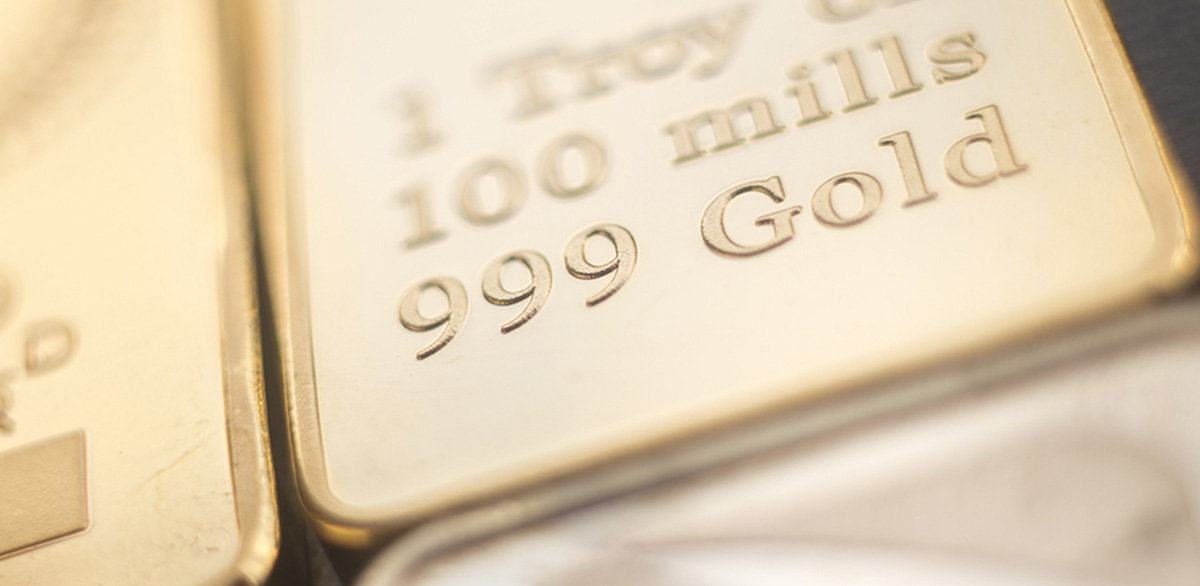
Gold prices opened 2018 strong at $1,312.05 and climbed to the yearly high of $1,360.25 just 23 days later. Summer doldrums and dollar strength brought a dip in the price of gold during the third quarter, but the yellow metal rebounded on stock market volatility in the fourth.[1] Will gold prices continue to climb in 2019? See what the experts predict.
UPDATED: Gold Price Predictions for 2025
Will the price of gold go up or down in 2025? What trends should investors be watching? Read the forecasts here: Gold Price Forecast 2025
Gold Price Predictions for 2019
To make big money in this market, you have to see the cycles. Nothing changes. We’ve had three big cycles in gold since 2000 and we’re about to have another one.–E.B. Tucker, Director of Metalla Royalty & Streaming[2]
Everyone from industry insiders to big banks foresees the price of gold rising in 2019.
Industry Insider Gold Price Predictions:
- Peter Krauth, of Money Morning, says gold will sell for $1,400 an ounce.[4]
- Jim Cramer, host of Mad Money on CNBC, thinks gold is going to $1,400-$1,500 an ounce. Cramer stated, “We suggest that everybody have a little bit of gold in their portfolio.”[5]
- E.B. Tucker thinks gold prices will jump 22 percent to $1,500, with gold outperforming all other assets.[5.5]
- At a conference last fall, members of the London Bullion Market Association saw gold prices gaining 25 percent to reach $1,532 by the same time in 2019.[6]
- Investing Haven analysts indicate the price of gold could notch $1,550.[7]
- Peter Schiff forecasts $5,000-an-ounce gold.[8]
- Jim Rickards is betting on gold prices soaring to $10,000 per ounce.[9]
- Jim Sinclair predicts a future in which the precious metal fetches $174,000 an ounce.[10]
Big Banks
Forecasts from the major banks support higher gold prices in 2019.[11][12][13][14][15][16]
| Financial Institution | 2019 Gold Price Prediction |
| HSBC | $1,292 |
| J.P. Morgan | $1,294 |
| Scotiabank | $1,300 |
| Goldman Sachs | $1,325 |
| Bank of America Merrill Lynch | $1,350 |
| Commerzbank | $1,350 |
| TD Bank | $1,400 |
Gold Price Factors in 2019
- Fed Monetary Policy
- Trade War
- Dollar Weakness
- Emerging Markets
- U.S. National Debt
- Inflation
- Geopolitical Unrest
- Supply and Demand
- Stock Market Volatility
- U.S. Recession
‘Explosively volatile equity markets, global growth fears, Brexit uncertainty and political instability in Washington have accelerated the flight to safety – ultimately sending gold prices to levels not seen in more than six months…. The yellow metal has the potential to become a major talking point across markets next year, especially when considering how the dollar is seen weakening on growth concerns and Fed expected to take a pause on rate hikes in 2019.’ -FXTM research analyst Lukman Otunuga, December 28, 2018.[17]

Everything you need to know to get started in Precious Metals
Learn how precious metals can strengthen your portfolio, protect your assets and leverage inflation.
As Mr. Otunuga’s statement suggests, several factors influence the demand for gold and, in turn, its price. (Read “How These 10 Factors Regularly Influence Gold Prices.” Closer examination of the issues mentioned above, and others point, to a banner year for gold ahead.
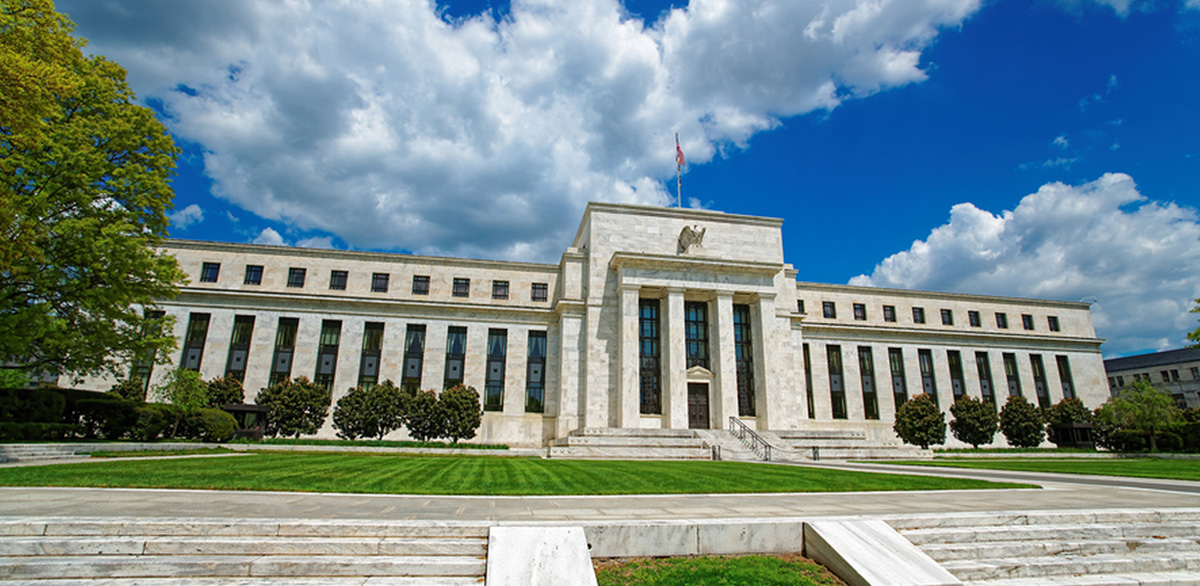
‘The performance of the gold price in 2019 is likely to be determined first and foremost by the Fed’s monetary policy.Commerzbank
The chatter across the financial industry is that the Federal Reserve will end its policy of interest rate raising sooner than expected. Commerzbank analysts anticipate the third quarter of 2019 to see the final rate increase.[18][19]
Why? First there’s the recent dovish statements from Chairman Jerome Powell and, of course, the string of criticisms of Powell and the Fed’s monetary tightening from President Trump.
Second, history has proven that flattening yield curves are often followed by the end of rate hikes and the beginning of recessions. This was the case in 1999, 2005, and 2006.
“An end to rate hikes could also be the release valve that commodity and emerging markets have been waiting for… [marking] a turning point for the dollar, leading investors to finally look elsewhere for stability and growth.” -Conor Sen, Bloomberg.[20]

Later in the year we expect U.S. dollar and 10y U.S. Treasury yields to peak, the fall in the yuan to come to an end and a significant escalation of a trade conflict to be averted. Therefore precious metal prices will probably recover.–Georgette Boele, senior precious metals and diamond analyst at ABN Amro.[21]
If President Trump’s recent dinner with President Xi Jinping is any indicator of the state of the relationship between the U.S. and China, then there’s hope trade disputes could be resolved or at least not escalate further. Both leaders had nothing but nice things to say about each other after the dinner, and even the president’s top economic advisor, Larry Kudlow, told reporters that the meeting went ‘very well.’[22]
Learn more about the potential economic impact of protectionist trade policy in “Why Buy Gold During a Trade War.”
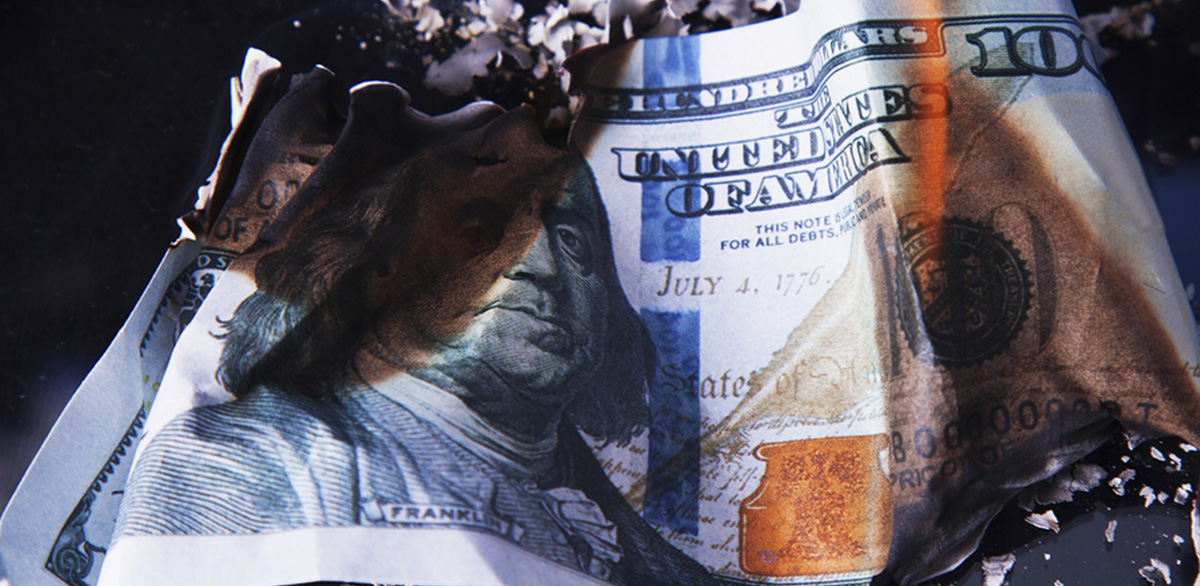
Conceptually, gold, a safe-haven asset which traditionally does well in times of political uncertainty has a lot going for it. But gold prices have largely struggled this year as the market has had to readjust its expectations of Federal Reserve policy and its by-product—a rallying U.S. dollar.-J.P. Morgan[23]
With many market participants and economists predicting the Fed’s rate-hike cycle to come to an end, the U.S. dollar will likely weaken throughout 2019. Since gold is priced in the dollar, it would become more affordable to foreign investors in such a scenario. A declining dollar would be favorable for other precious metals, as well.[24]
The dollar may have more than a change in Fed monetary policy working against it in 2019. Read “Is President Trump Telling You to Buy Gold Now?”
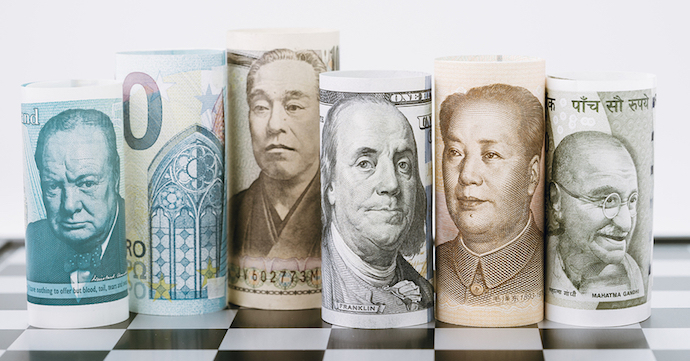
Physical buyers, whether they are in China or India, which together make up half of consumer demand for gold, should be solid, bolstered by good growth in these two important economies.-John Reade, Chief Market Strategist for the World Gold Council.[25]
The domino effect of a shift in the Fed’s interest rate policy could be a spike in demand for gold from emerging markets as their currencies recover from the pressure the strong dollar placed on them in the last half of 2018.[26]
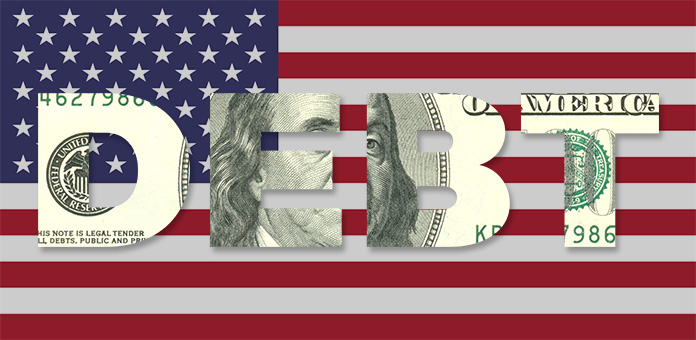
We’re still pretty constructive longer term on gold,” because of worries over the future of the U.S. economy even though it’s performing relatively well right now. “In the short run, the effects of strong dollar, higher rates dominate. But in the long run, a huge U.S. government budget deficit is pretty positive for gold.Francisco Blanch, head of global commodities and derivatives at Bank of America Merrill Lynch.
$1 TRILLION—that’s how much the Congressional Budget Office predicted new federal spending and the recent tax cuts will push the federal budget deficit to in 2020. Scrambling to manage this massive national debt load, the U.S. Treasury has increased the sale of notes and bonds to levels not seen since the aftermath of the 2009 recession.[27]
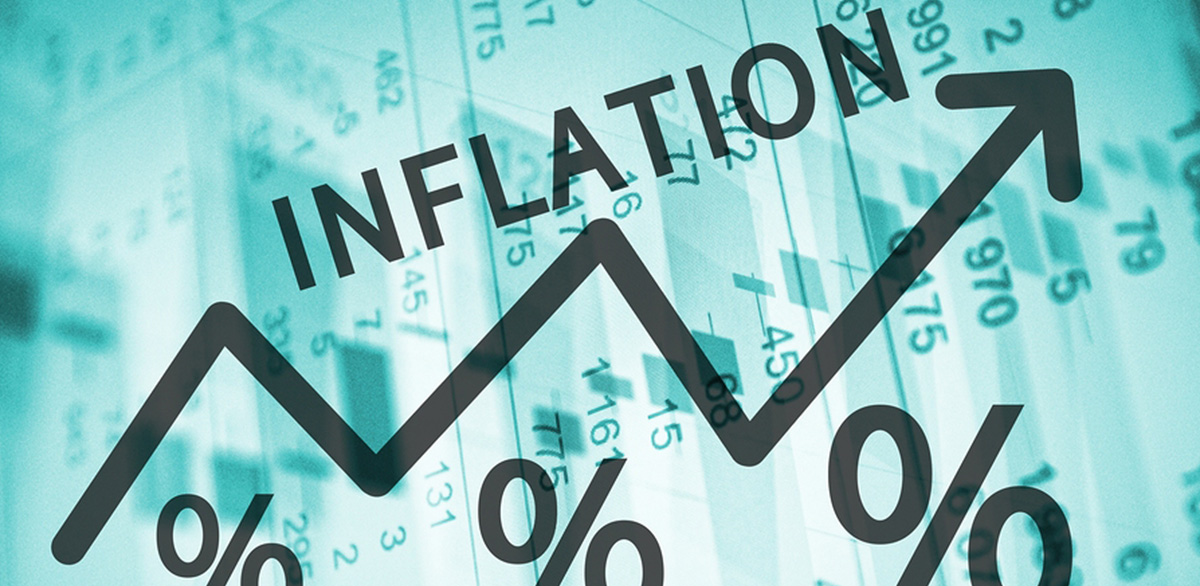
Despite faster pay increases, most economists expect inflation to remain tempered next year.-USA Today
Wages and labor costs may be rising, but the pervasiveness of discounted online shopping and the increasingly globalized economy make it less likely companies will pass escalating operating expenses onto consumers. This factor, combined with falling oil and gasoline prices in the face of higher supply and lower global demand, have many economists predicting only a mild rise in inflation in the new year.
The Fed forecasts 1.9 percent overall inflation by the end of 2019 and core inflation to move up slightly to 2 percent, its target rate. Americans could have more spending power, and the Fed would likely increase interest rates gradually or even end its rate hike cycle early under this scenario—both positives for gold prices.[28]

The defining theme for the world is still the escalating great power competition between the United States, China and Russia. That means an intensifying trade war; a likely expansion into sanctions; an accelerated arms race; and a campaign to block Chinese investment, trade and research in sensitive tech areas from artificial intelligence to 5G rollouts.-Reva Goujon, Stratfor vice president of global analysis[29]
Many of the same issues boiling around the world will continue to stoke demand for safe haven assets in 2019. Rocky Brexit negotiations and Italy’s fiscal fiasco will likely make news headlines in Europe.[30] Geopolitical threats will hail from Iran, the Americas, and Ethiopia, predicts Stratfor, the world’s leading geopolitical intelligence platform.[31]
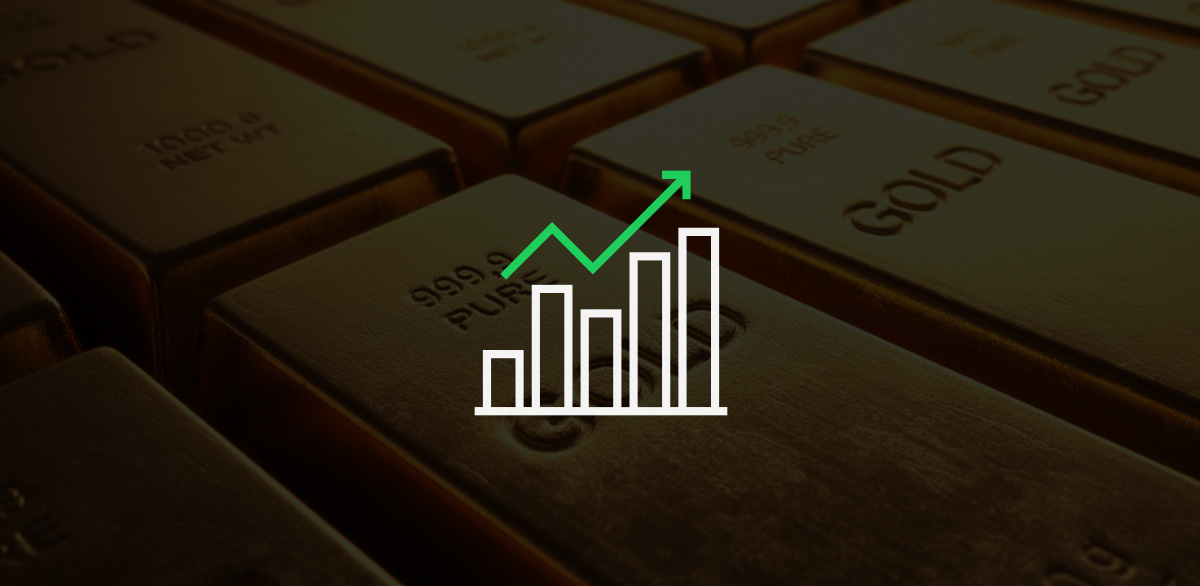
Global investors will continue to favor gold as an effective diversifier and hedge against systemic risk stemming from higher market volatility, political and economic instability in Europe, potential higher inflation from protectionist policies worldwide and the increasing likelihood of a recession.’ “Economic reforms in emerging markets like India and China will also boost gold demand for jewelry, technology, and long-term savings.-Joseph Cavatoni, managing director, USA and ETFs, at the World Gold Council
Retail investment demand for gold increased in the third quarter of 2018 26 percent from the prior three-month period in the U.S., largely due to a spike in coin sales. Purchases came in at 127 metric tonnes, the highest quarterly volume seen in three years, according to Gold Field Minerals Services. A survey by Refinitiv suggests increased demand for gold coins and bars across globe, with the exception of Mexico and South America.[32] China, India, and other emerging markets are expected to contribute significantly to demand for physical gold.
Central banks ramped up spending on gold in 2018, and The World Gold Council predicts this trend to continue in 2019, especially if additional banks get in on the gold rush.
All of these sources combined should generate healthy demand for gold.[33] At the same time, the world’s top producers of gold have seen declining outputs in recent years and further losses are expected in 2019.[34] Increasing demand and decreasing supply of gold could equate to higher prices.
Who was buying gold in 2018? Major investors and collectors. Read more in “Smart Money Buying Up Physical Precious Metals, Sales Skyrocket 126%.”
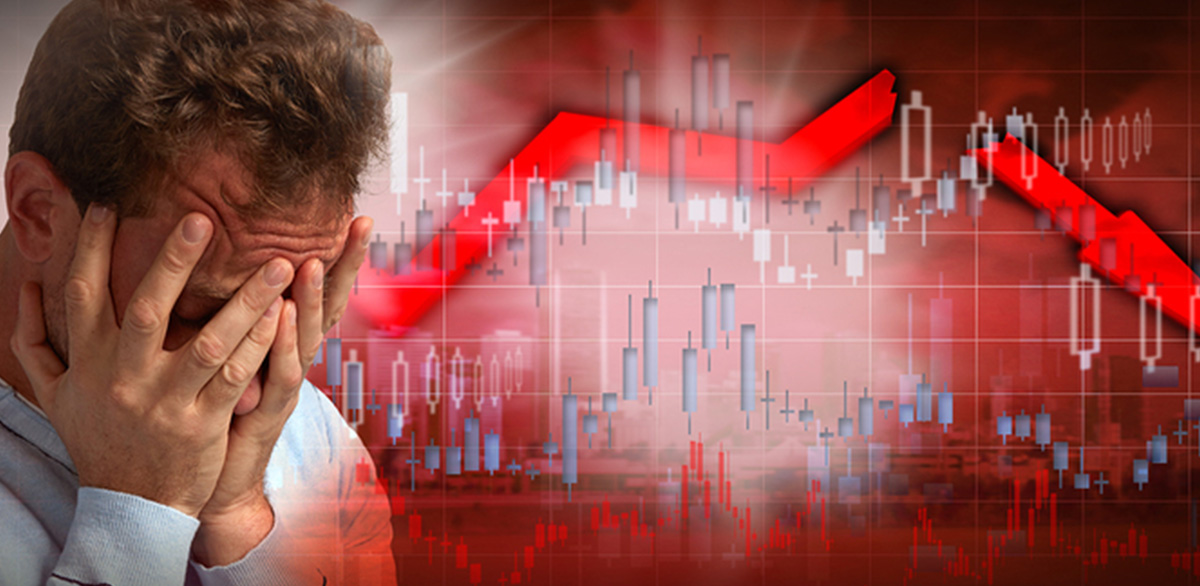
Gold is a dynamic risk hedge over time, but isn’t a panacea for all market events. Gold tends to benefit most from global systemic events as well as large equity market drawdowns. [Since peaking in late September, the S&P 500 has fallen over 13% through Dec. 17, during which gold prices rose 3%], providing a ballast against this market correction.-Maxwell Gold, director of investment strategy at Aberdeen Standard Investments
Financial market experts agree: when volatility takes hold of the ‘aging equities rally globally,’ gold prices could take off. Many are also predicting that the recent stock market routs point to a coming correction or even crash. Learn more in “Why Stock Market Volatility Is Here to Stay.”
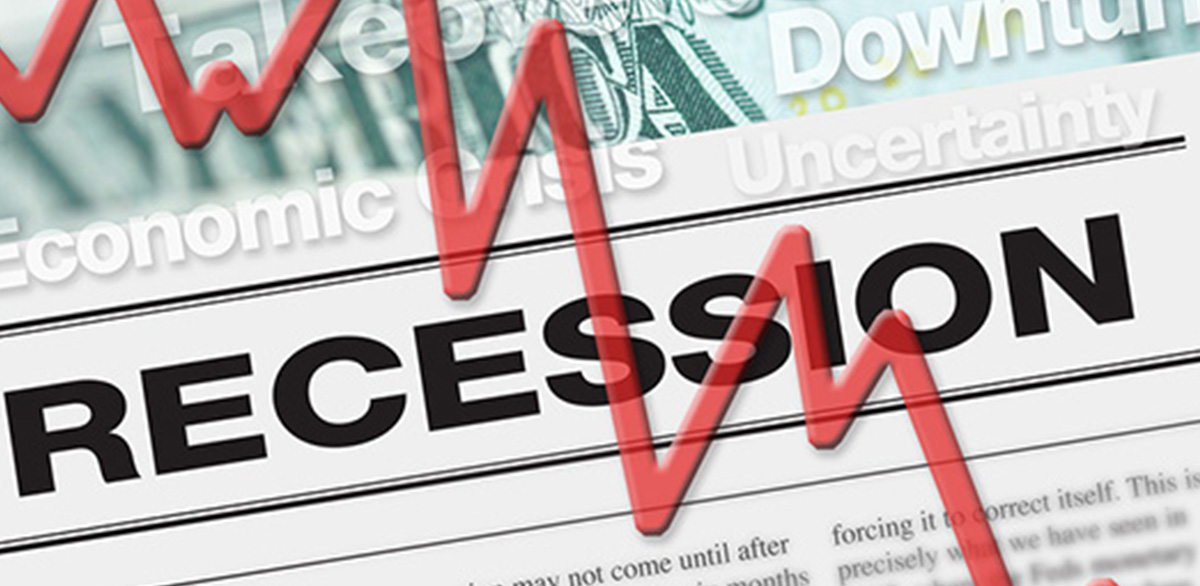
If U.S. growth slows down next year, as expected, gold would benefit from higher demand for defensive assets.-Goldman Sachs[35]
Several factors point to a coming recession, possibly in 2019. Last November, the stock market hadn’t seen such bad losses since the Great Recession. Rising bond yields bode poorly for equities, as well. The difference between the long-dated and short-term Treasury yields has been narrowing throughout 2018, making an inverted yield curve a possibility in 2019, especially as the Fed continues to tighten its monetary policy. If and when the curve inverts, the expansion would slow down and interest rate increases cease.
Lower interest rates and recession typically lead to increased demand for gold, which doesn’t accrue interest like paper assets and is viewed as a safe haven in times of economic uncertainty.
Why Buy Gold in 2019?
This is a ‘great time to buy’ gold, as many of the ‘bearish factors that had been holding the metal back have now completely shifted into its favor.’-Brien Lundin, editor of Gold Newsletter.[36]
Several factors make gold an attractive investment in 2019:
Bargain Prices
The yellow metal is trading at less than 66 percent of its all-time high price.[37] In fact, gold is historically cheap: it’s currently as inexpensive as it was in the 1970s, despite diminishing supply of the precious metal and rising prices for other goods and services.[38]
Decreasing Supply
The ratio of ounces of gold per each person in the world has decreased from 1950 to 1989 and has yet to return to the peak levels of 1950.[39] The argument that we’ve reached peak gold swirls around the industry periodically, and its back again, this time receiving confirmation from major economists and analysts. Recently, the World Gold Council reported that “annual global gold production would not be able to exceed current levels in the future.”[40]
Real Diversification
What’s clear is that the markets are beset with risk, and many analysts are predicting it could culminate in another financial crash and economic downturn in the next couple of years. It’s a situation that has major players recommending diversifying portfolios with gold and in larger percentages than suggested in the past.
Last fall, Ray Dalio, the founder and chief investment officer at Bridgewater Associates, told investors that gold should account for even more than the standard 5 to 10 percent of their portfolios as we enter the latter part of the business cycle.[41]
The World Gold Council’s John Read also lauded gold’s role in a diversified portfolio: ‘As a high quality, liquid asset, with the potential to deliver strong returns, and as an effective diversifier that works particularly well when other assets fall sharply, gold is historically proven to enhance the long-term performance of investment portfolios.’[42]
Get in on the Gold Rush Now!
Expert price forecasts and analysis suggest gold prices only have one way to go in the new year: UP!
This means the time is now to take advantage of record low gold prices before the portfolio protection gold offers comes at a hefty price.
Have you taken steps to protect your portfolio this year? Learn more about investing in gold and silver and how to protect your savings with a Gold IRA.
📚 Suggested Reading:


